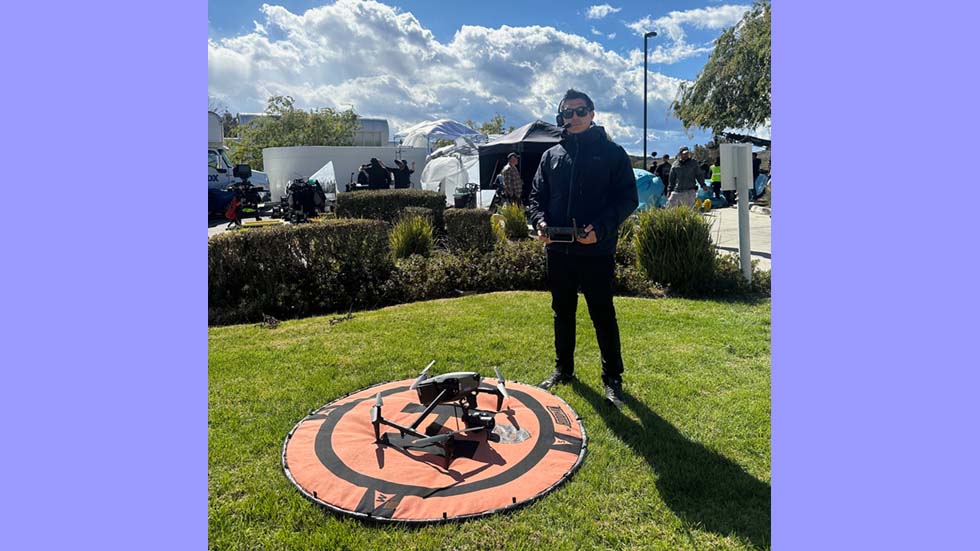How Newsrooms Are Reinventing the Use of AI
Integrating the tech should lead to a rethink of newsgathering, panelists say

Traditional media companies are seeing the benefits of using artificial intelligence in their newsrooms, but the use of AI needs to be more than just adding technology. Integrating AI needs to come from a whole reimaging of newsgathering.
At the “Broadcasters Survival (or Reinvention) Plan: Local Content, Smart Tech & Bold Innovation” NAB Show panel, Joe Croney of The Washington Post’s Arc XP spoke with Stephanie Slagle, vice president and chief information officer at Graham Media Group, and Michael Newman, Graham’s director of transformation, about how Graham Media integrated Arc XP’s content management system in its television stations to help move from a platform-first approach to newsgathering to a story-first approach.
Over the past decade, television stations have needed three different newsrooms: one for broadcast, one for digital and one for streaming, which required a big staff as well as expertise on specific platforms. That’s just not sustainable in the current economic climate, Slagle said at the Sunday afternoon session, so Graham Media leaders went out in the field with their journalists to see what tools they need to easily turn a broadcast story into a social media post and also a streamed story that can be updated quickly with little effort.
Newman said the stations needed to free up time so journalists could spend more time in the field producing high-quality content rather than waiting in the van or in the newsroom.
Technology from Arc XP helps crumble these roadblocks and allows reporters to own their stories rather than handing them off to an editor or digital specialist to get the story into a usable form. Arc XP’s AI isn’t creating content, but it is improving the process so journalists can create better content that connects with the community.
“If your content can easily be done by AI, then it’s probably not worthy content,” Croney said. “If it doesn’t cost anything to produce it, it probably isn’t worth anything.”
So Graham Media leans on Arc XP’s technology to improve fact-checking, create different versions of stories, transcribe video, run teleprompters and track talent.
Get the TV Tech Newsletter
The professional video industry's #1 source for news, trends and product and tech information. Sign up below.
Graham Media even created its GMG Spark video, which was sent out internally to its journalists to demonstrate how AI can improve, not eliminate, their work. “People are using this tool, and no one has come back to us and said it hasn’t improved their work,” Newman said. “The team also encourages users to create apps within the system, and a Graham employee in San Antonio made one for SEO optimization.”
Graham Media is also seeing the potential of AI to create hyperpersonalized content that users, especially younger ones, have come to expect. And the company is using it to create hyperpersonalized ads, too. “Currently our advertisers are taking a stab at personalizing ads, but most of it really isn’t personalized,” Newman said.
Slagle encouraged media decision makers to involve journalists when exploring or testing technology and get as much feedback as possible. These leaders need to be honest about what’s working and not working, Slagle said, and to absolutely check back to see if journalists are actually using the tools.
Copyright 2025 NAB
